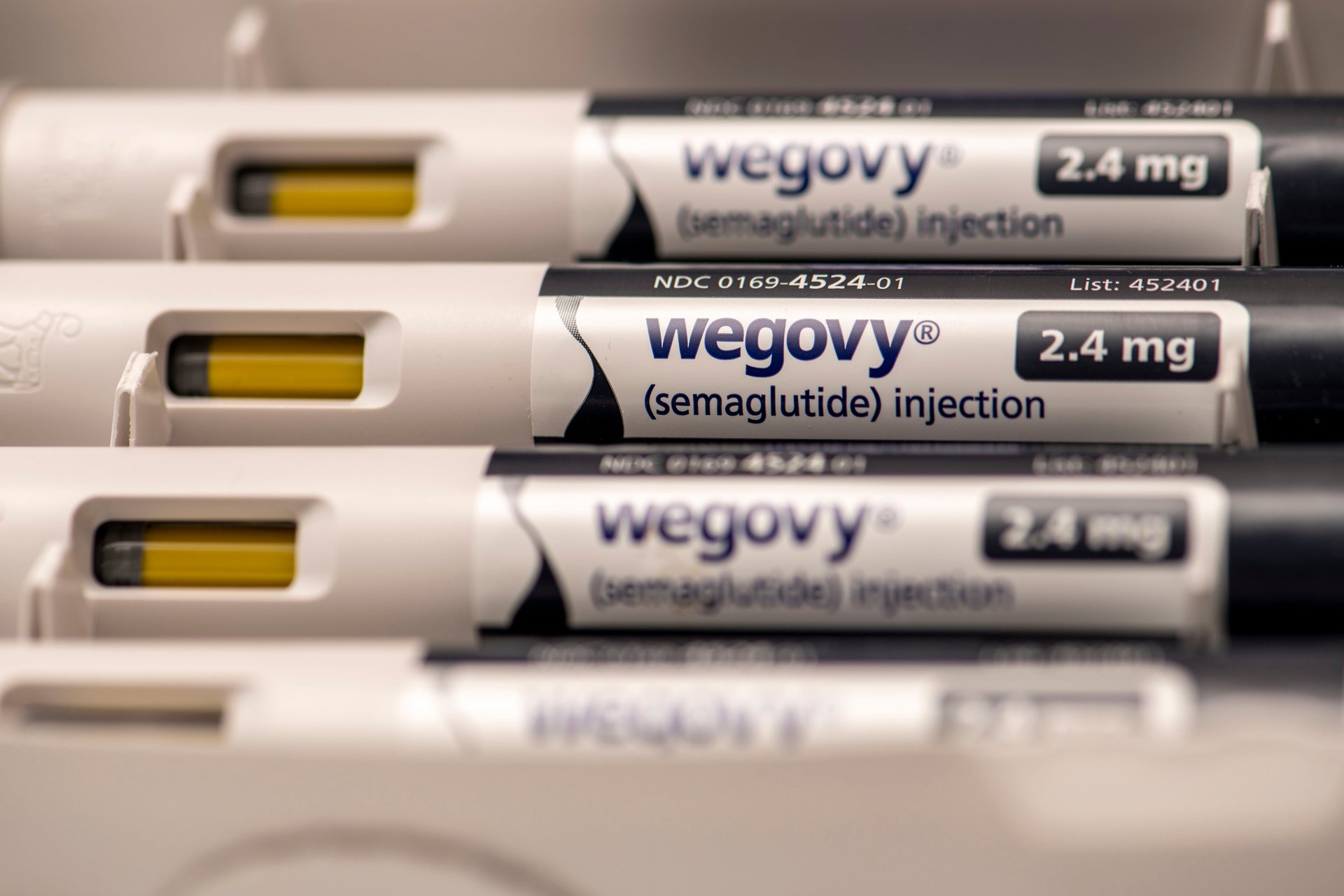Weight loss drugs are more likely to be covered on government-funded insurance than on private plans
Medicaid is the biggest source of insurance coverage for weight loss drugs such as Ozempic, according to new data

New data shows that government-funded health insurance plans in the United States provide the majority of coverage for popular weight-loss drugs like Novo Nordisk’s (NVO) Wegovy and Eli Lilly’s (LLY) Zepbound.
Suggested Reading
Wegovy and Zepbound belong to the class of drugs known as GLP-1 medications, made popular by Novo Nordisk’s diabetes treatment Ozempic. The drugs mimic a hormone that regulates appetite and blood sugar and have become highly sought after as treatments for obesity and Type 2 diabetes.
Related Content
Insurance coverage for GLP-1 drugs for the specific use of weight loss varies by plan. Some insurance companies and employers have been hesitant to cover the treatments due to their high cost.
Only about 65 million, or 25%, of Americans have a health insurance plan that covers these weight-loss drugs, according to data from consulting firm Leverage. The firm’s AXIACI Obesity Coverage Nexus database tracks the insurance coverage of weight-loss treatments of roughly 80% of Americans.
The majority of GLP-1 weight-loss drug coverage comes from state Medicaid plans. Leverage estimates that Medicaid plans, which are government programs for low-income families, provide weight-loss drug coverage for 31.6 million people. Medicare only covers these treatments if they are prescribed to treat a second condition in addition to weight loss.
Additionally, 20.6 million federal, state, and local government employees and their families have plans with weight-loss drug coverage. Together, these government-funded plans make up about 80%, or 52.2 million, of the Americans with weight-loss drug coverage.
When it comes to private or employer-sponsored plans, these only provide GLP-1 weight-loss drug coverage for 13.7 million people, according to the database. But because many employers don’t make the details of their plans public, Leverage estimates this number could be up to 24.4 million people.
Without insurance, Wegovy is $1,349.02 for a month’s supply. Zepbound’s list price for most of its doses is $1,059.87 a month.
A Morgan Stanley (MS) survey conducted earlier this year among GLP-1 drug users, including those using the treatments for diabetes, found that about two-thirds of respondents had their medication fully covered by insurance. Those with out-of-pocket costs reported an average monthly cost of $196.
Novo Nordisk claims that the majority of patients with insurance coverage pay $25 or less for a month’s supply of Ozempic or Wegovy.
The drugs’ high list price and scarce insurance coverage have forced some people to turn to a growing copycat market. Some digital healthcare companies, online pharmacies, and wellness spas have started selling compounded versions of GLP-1 drugs for hundreds of dollars cheaper than branded versions. Compounding refers to the customization of an approved drug by a pharmacy or physician to meet the specific needs of an individual patient.
Typically, the Food, Drug, and Cosmetic Act prohibits compounding drugs that are just copies of commercially available medications. But drugs that are in shortage are not considered by the FDA to be commercially available. The limited supply of highly coveted and expensive brand-name drugs like Wegovy has spurred several healthcare companies to take advantage of that provision.